Just as humans develop distinct accents and linguistic patterns across different regions, birds too exhibit fascinating variations in their vocalizations based on geography. These avian “dialects” represent one of nature’s most compelling examples of cultural transmission and adaptation. From the rolling hills of Europe to the dense rainforests of South America, birds of the same species often develop unique call signatures that identify them as members of specific regional populations. These dialectal differences offer ornithologists invaluable insights into bird migration, evolution, and the intricate ways these creatures adapt to their environments. The study of regional bird dialects combines elements of biology, linguistics, and geography, creating a rich tapestry of understanding about how birds communicate across our planet.
The Science Behind Bird Dialects

Bird vocalizations can be broadly categorized into calls and songs, with calls typically being innate while songs are largely learned behaviors. This learning component creates opportunity for regional variation, similar to how human children adopt the accents of those around them. Research indicates that while some aspects of bird vocalization are genetically determined, many species have a critical period during development when young birds learn their songs from adults. This combination of nature and nurture allows for the emergence of distinct dialects over time. Scientists use spectrographic analysis—visual representations of sound—to document these subtle differences that might be imperceptible to the untrained human ear. These spectrograms reveal variations in frequency, duration, rhythm, and syllable structure that define different regional dialects.
North American White-Crowned Sparrow: The Classic Example
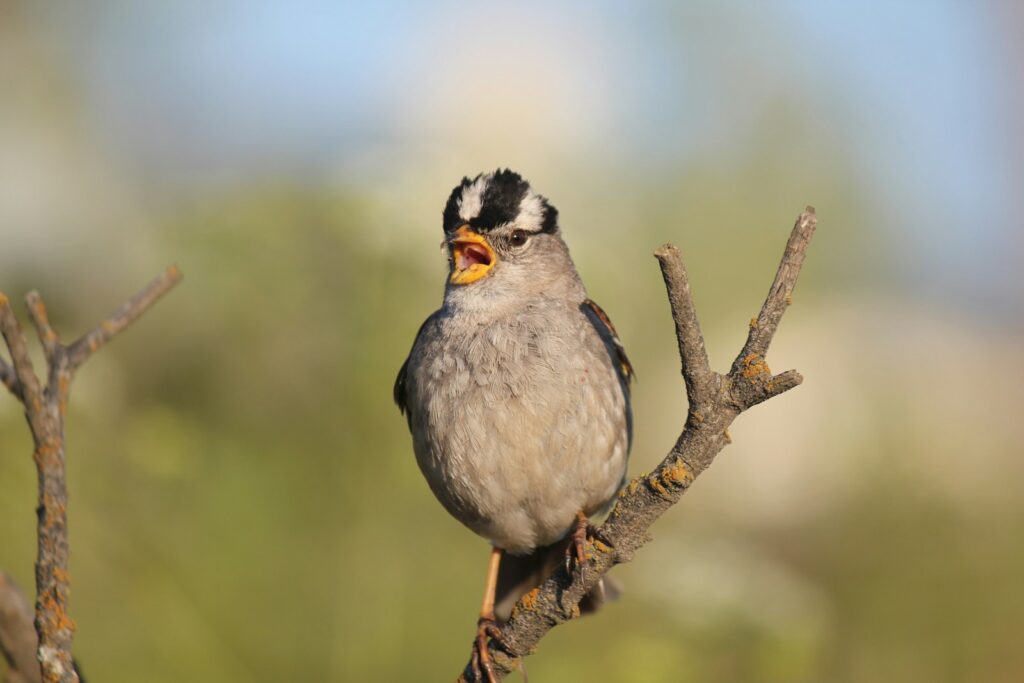
The white-crowned sparrow (Zonotrichia leucophrys) of North America stands as perhaps the most thoroughly studied example of regional dialects in birdsong. Pioneering research by Peter Marler and others in the 1960s revealed that these sparrows develop distinctly different songs based on their geographic location. Populations separated by as little as a few miles can develop noticeably different song patterns, with variations in introductory whistles and trill characteristics. The dialects are so distinct that researchers can identify whether a sparrow comes from Berkeley, Marin County, or the Sierra Nevada mountains in California simply by listening to its song. Young sparrows learn these regional songs during a critical period in their development, typically within the first few months of life, cementing the cultural transmission of these dialects across generations.
European Robin Variations
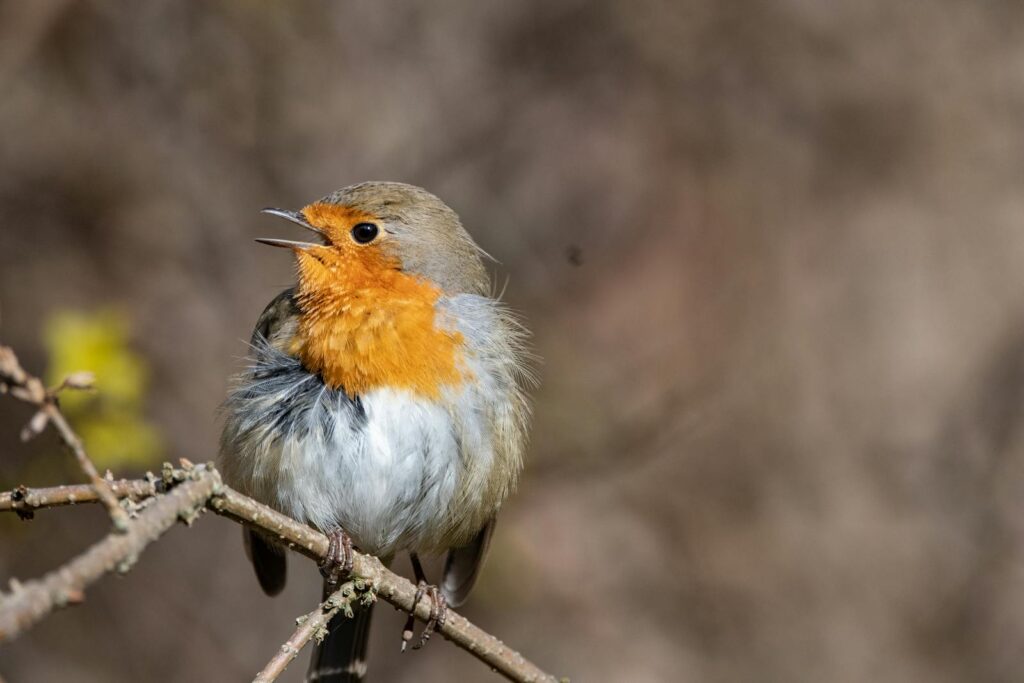
Across the Atlantic, the European robin (Erithacus rubecula) demonstrates significant regional variation in its melodious song. Unlike some species that show gradual changes across a geographic gradient, robin populations often exhibit more abrupt dialect boundaries. Studies in Britain reveal that robins from Scotland sing notably different songs from their counterparts in southern England, with variations in pitch, tempo, and phrase structure. These differences become even more pronounced when comparing continental European robins to British populations. Interestingly, urban European robins have adapted their songs to be higher-pitched than their rural counterparts, allowing their vocalizations to carry over city noise. This adaptation represents a more recent form of dialect development driven by human-caused environmental changes.
Australian Dialect Complexity
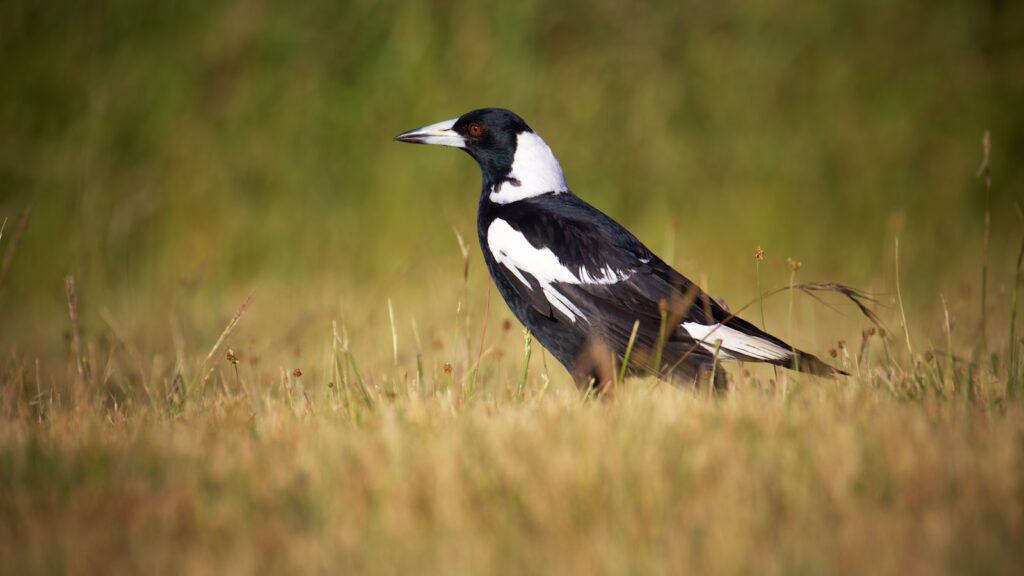
Australia’s unique geographical isolation has fostered extraordinary diversity in bird vocalizations, with many species exhibiting complex dialectal patterns. The eastern whipbird (Psophodes olivaceus), found along Australia’s east coast, demonstrates distinctive regional variations in its characteristic whip-crack call. Northern populations produce a longer, more elaborate call compared to their southern counterparts. Even more remarkable is the Australian magpie (Gymnorhina tibicen), whose complex, flute-like caroling varies dramatically across the continent. Research has documented at least eight major dialect regions for magpies, with boundaries often corresponding to geographical features like mountain ranges or river systems. These Australian examples highlight how physical barriers can contribute to the maintenance of distinct vocal traditions over time.
Amazonian Diversity
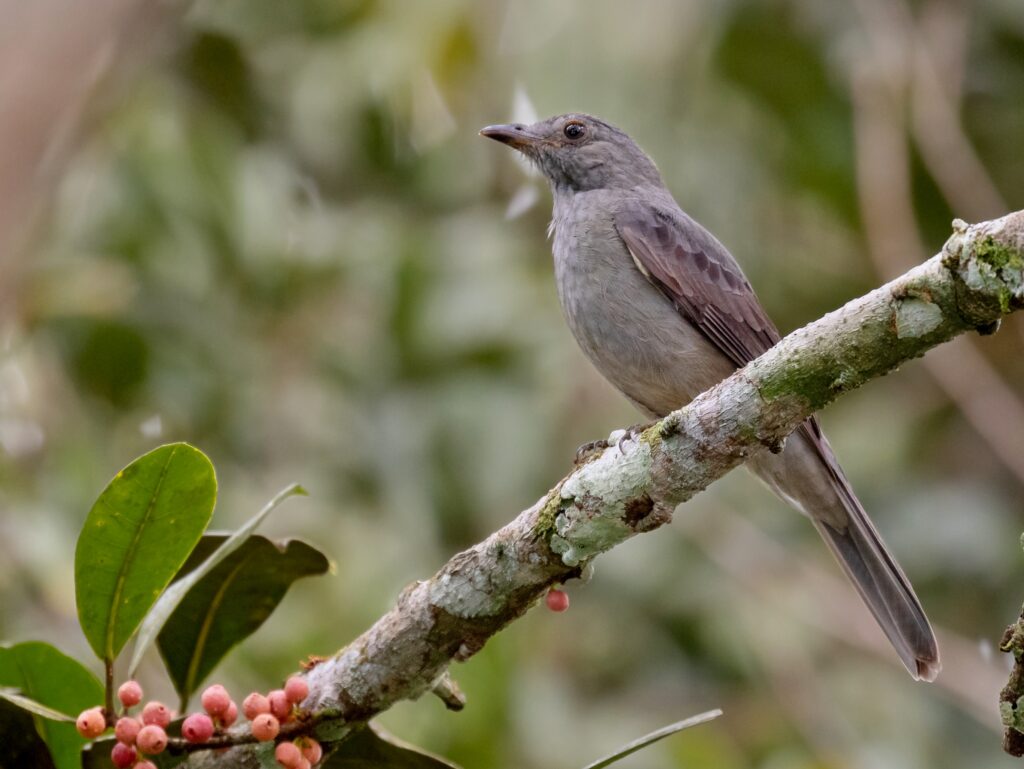
The Amazon rainforest, with its unparalleled biodiversity, presents a complex mosaic of bird dialects that challenges even experienced ornithologists. Species like the screaming piha (Lipaugus vociferans) exhibit subtle but consistent variations in their explosive calls across different river basins. The complex geography of the Amazon, divided by numerous rivers that act as barriers to bird movement, has facilitated the development of these distinct vocal traditions. Amazingly, some species show dialect boundaries that align perfectly with river systems, with birds on opposite banks of the same river maintaining different call patterns despite being separated by only a few hundred meters. This pattern of “acoustic rivers” provides strong evidence for how geographical features influence the cultural evolution of bird vocalizations in one of Earth’s most diverse ecosystems.
Island Isolation Effects
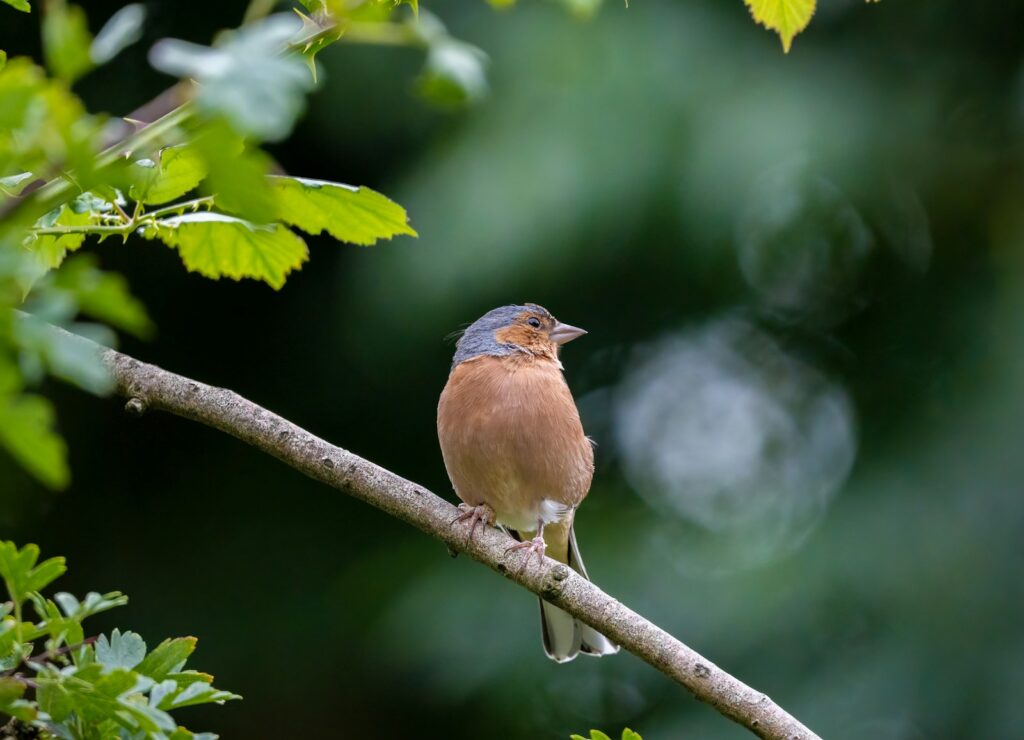
Islands represent natural laboratories for studying the evolution of bird dialects due to their isolated nature. The chaffinch (Fringilla coelebs) populations across the Canary Islands demonstrate this principle beautifully, with each island hosting birds with distinctive song characteristics. These differences are so pronounced that experienced birders can identify which island a recording was made on simply by listening to the song pattern. Hawaii’s endangered ‘i’iwi (Drepanis coccinea) shows similar patterns, with populations on different islands developing unique calls over their evolutionary history. Island isolation can accelerate dialect formation, as smaller populations experience less acoustic mixing and may develop novel vocal traditions more rapidly than mainland populations. These island dialects often serve as windows into evolutionary processes that operate more slowly in continental settings.
Urban Adaptations and Modern Dialects
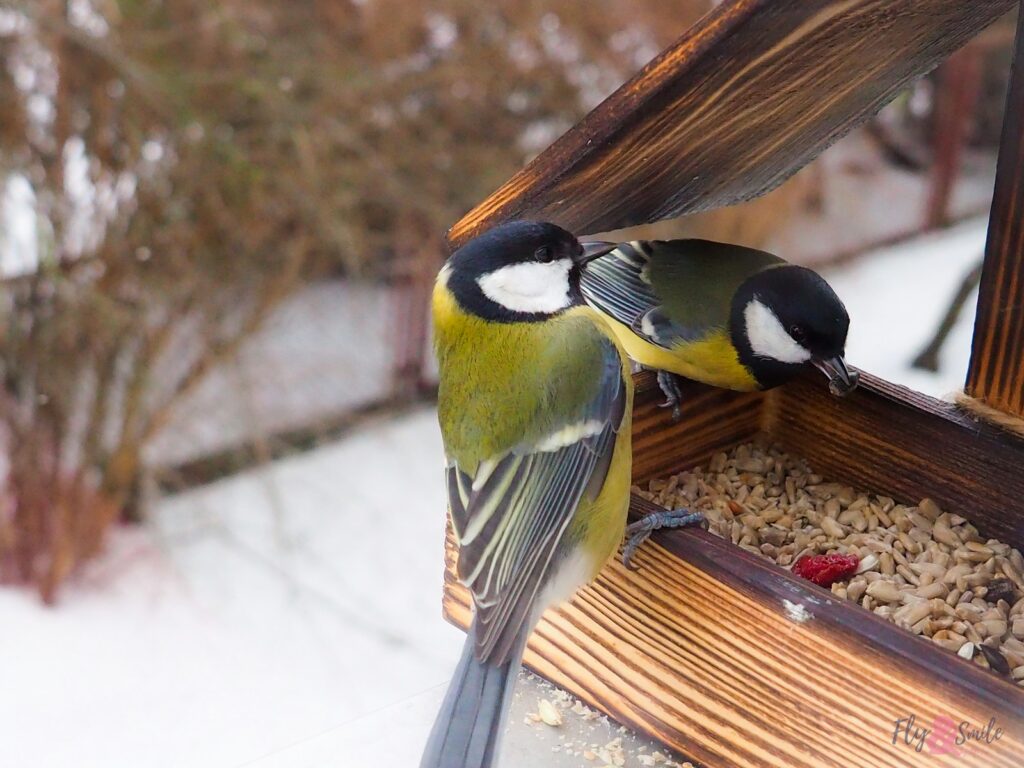
Human activity has created new dimensions in bird dialect formation, with urban environments driving rapid adaptations in bird vocalizations. Great tits (Parus major) in European cities sing at higher frequencies than their forest-dwelling counterparts, an adaptation that helps their songs carry over low-frequency urban noise. Similarly, white-crowned sparrows in San Francisco have altered the starting frequencies of their songs over just a few decades to avoid masking by increased traffic noise. These urban dialects represent some of the fastest-evolving vocal traditions documented in birds. In some cases, cities create “dialect islands” where urban populations develop distinct vocalizations that differ from surrounding rural areas, despite being the same species. These rapid adaptations demonstrate birds’ remarkable vocal plasticity in response to human-altered soundscapes.
Migration and Dialect Mixing
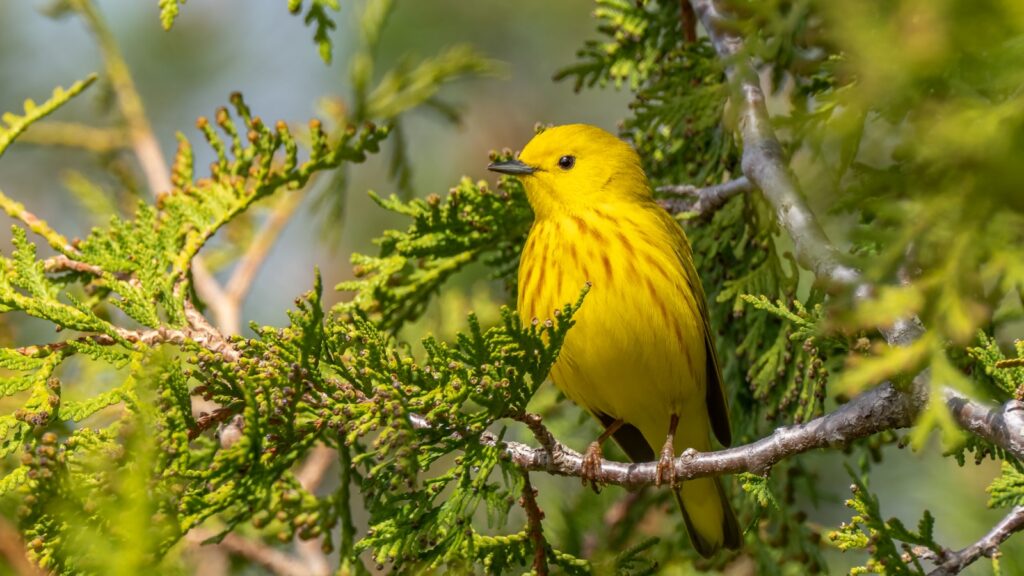
Migratory behavior adds another layer of complexity to bird dialect patterns across the globe. Species that migrate long distances must navigate the challenges of maintaining dialect integrity despite potentially mixing with birds from different regional backgrounds during non-breeding seasons. The yellow warbler (Setophaga petechia), which breeds across North America but winters in Central and South America, shows fascinating patterns of dialect preservation despite this annual movement. Young warblers imprint on the songs of their birth region before migration and maintain these dialects when they return to breed. However, some migratory species show evidence of dialect mixing or convergence in shared wintering grounds, creating complex patterns of cultural exchange. These interactions between migratory populations illustrate how bird dialects remain dynamic rather than static cultural phenomena.
Climate Change and Shifting Dialect Boundaries
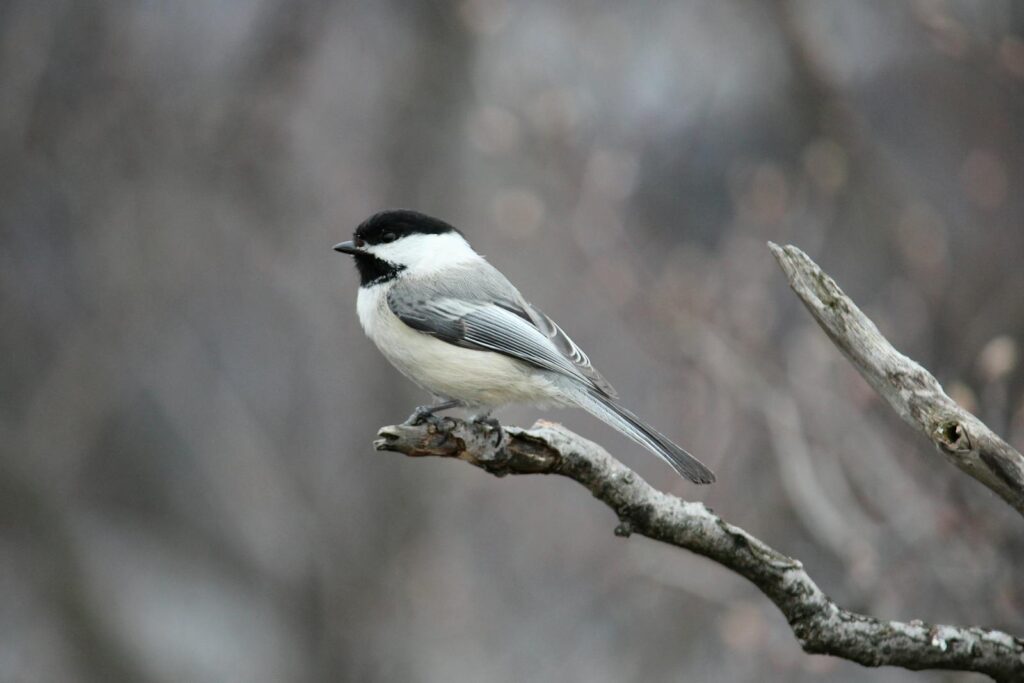
As climate patterns shift globally, researchers are documenting corresponding changes in bird dialect distributions. Some species are expanding their ranges northward or to higher elevations as temperatures warm, bringing their distinctive dialects into contact with new populations. The black-capped chickadee (Poecile atricapillus) in North America shows evidence of dialect boundaries shifting northward over recent decades, tracking climate-induced habitat changes. In areas where formerly separated populations now overlap due to range shifts, researchers sometimes observe “hybrid dialects” that blend elements from different regional traditions. These shifting patterns provide an acoustic fingerprint of climate change impacts on bird populations. Long-term monitoring of dialect boundaries may serve as an early warning system for ecosystem changes that might otherwise go undetected.
Technology and Mapping Dialects
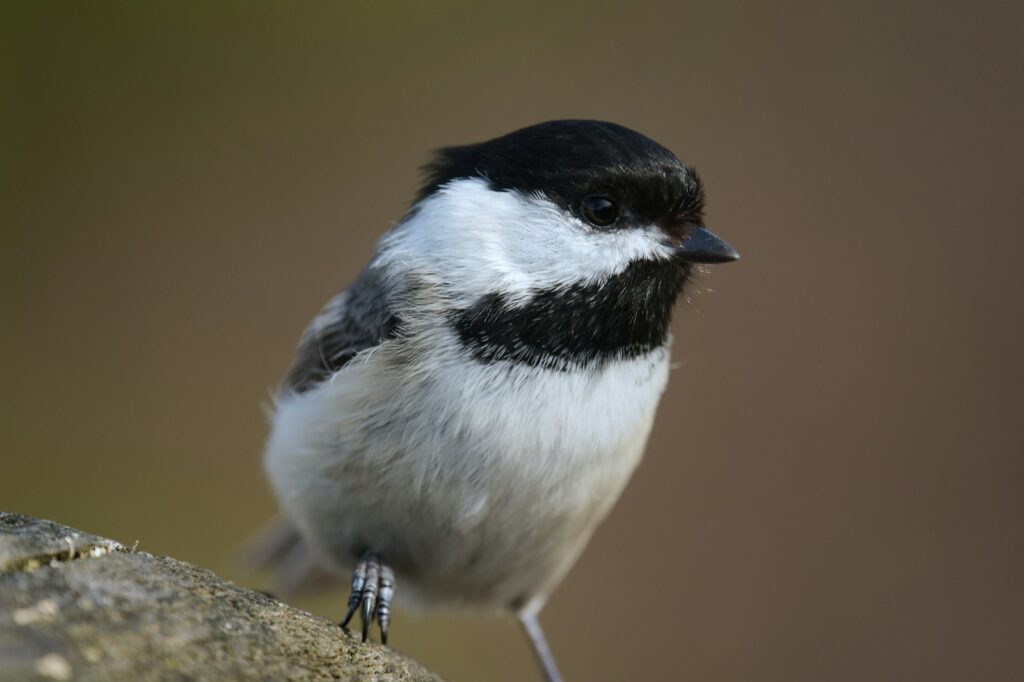
Advances in recording technology, computational analysis, and citizen science have revolutionized the study of bird dialects globally. Mobile applications like Merlin Bird ID and platforms like xeno-canto have amassed millions of bird recordings from around the world, creating unprecedented datasets for dialect research. Machine learning algorithms can now detect subtle dialectal differences that might escape human detection, allowing for more precise mapping of vocalization patterns across species’ ranges. Interactive maps showing dialect distributions are now available online for several well-studied species, allowing anyone to explore these patterns. Projects like the Cornell Lab of Ornithology’s BirdNET use artificial intelligence to automatically identify bird species from recordings while simultaneously documenting regional variations in their calls, creating a continuously updated global map of avian dialects.
Cultural Transmission and Learning

The mechanisms behind dialect formation involve fascinating processes of cultural transmission between generations of birds. Species vary in how they acquire their vocalizations, with some learning primarily from their fathers, others from territorial neighbors, and some from the broader acoustic community. Zebra finches (Taeniopygia guttata) show evidence of not just copying songs but learning abstract rules about song structure from their tutors, similar to how humans learn grammar. Some species have a critical period for song learning that closes after youth, while others remain open to modifying their vocalizations throughout life. Research on captive birds has demonstrated that experimentally isolated populations will develop new dialects over several generations, confirming the cultural rather than purely genetic basis of these variations. These learning processes create a form of cultural evolution that parallels but remains distinct from genetic evolution.
Function and Significance of Dialects
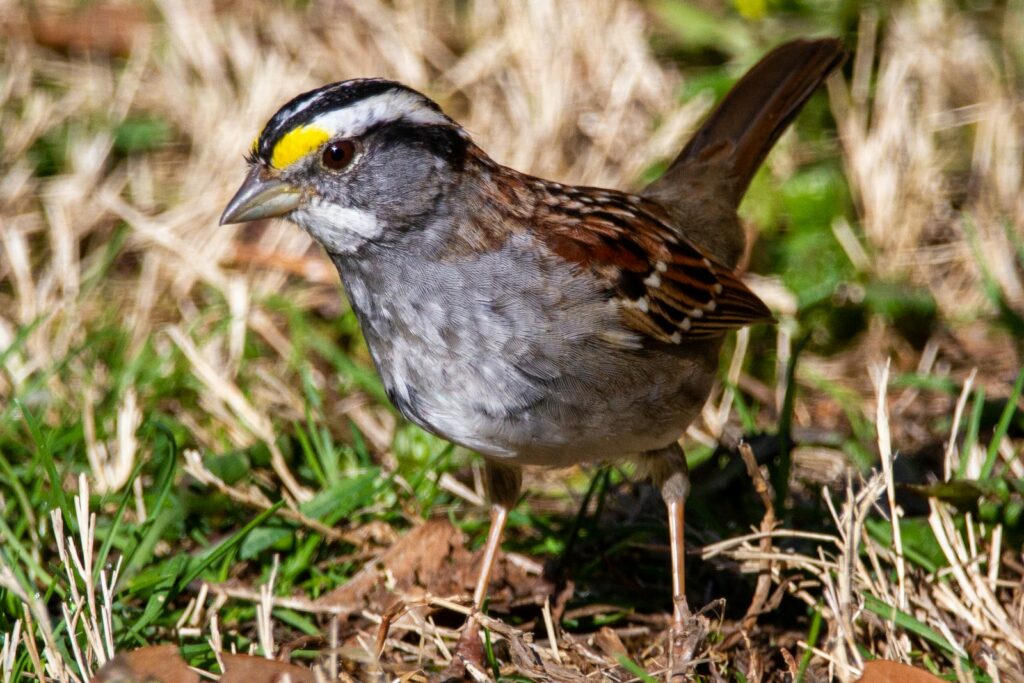
The evolutionary purpose of bird dialects remains a subject of ongoing research, with several complementary theories emerging. One perspective suggests dialects function as a form of group identity, helping birds recognize members of their local population for mate selection or territorial defense. Evidence from white-crowned sparrows indicates females often prefer males singing in the local dialect, potentially creating selective pressure for conformity. Other researchers propose that dialects may signal local adaptation, with specific vocal patterns better suited to particular habitats or acoustic environments. Some dialects may emerge simply as cultural drift without specific adaptive function, similar to how human accents can develop. The persistence of dialects across generations indicates they likely serve multiple ecological and social functions that vary among species and contexts.
Conservation Implications
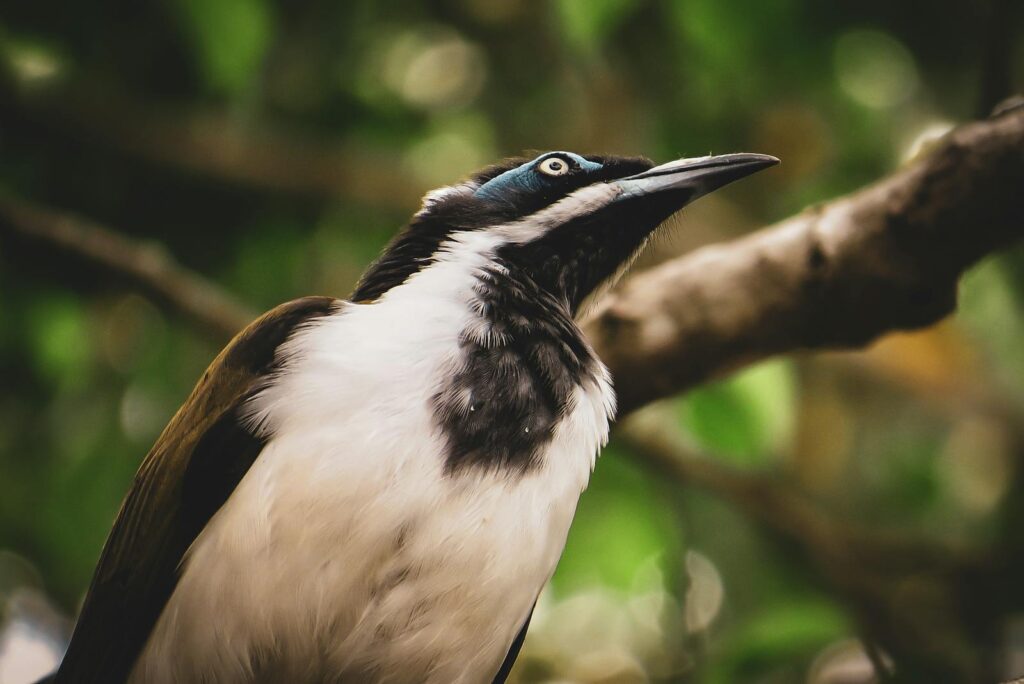
Understanding bird dialects has important implications for conservation efforts worldwide. When populations with distinct dialects decline or disappear, unique cultural traditions that may have developed over centuries or millennia are lost forever. The critically endangered regent honeyeater (Anthochaerella regius) of Australia provides a sobering example, with researchers discovering that males in severely reduced populations are now singing aberrant songs because there aren’t enough adult birds to maintain proper cultural transmission of their traditional vocalizations. This vocal learning breakdown creates a concerning feedback loop, as females may not recognize improper songs as coming from their species. Conservation efforts increasingly consider preserving not just genetic diversity but also cultural diversity in bird populations, recognizing that reintroduction programs must account for dialect differences to be successful. Protecting habitat corridors that maintain connections between dialect regions may be crucial for preserving these living acoustic traditions.
The Future of Dialect Research
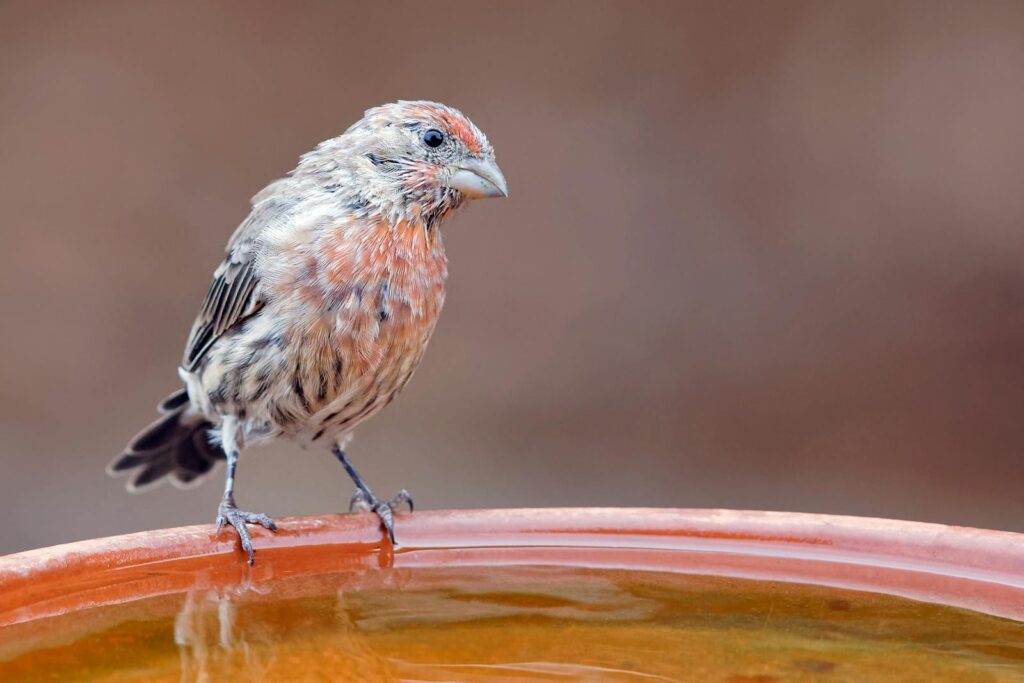
The study of bird dialects stands at an exciting frontier, with new technologies and approaches continuing to reveal the complexities of these vocal traditions. Emerging research using genomic techniques is beginning to uncover connections between genetic differentiation and dialect boundaries, helping scientists understand how cultural and biological evolution interact. Satellite tracking of individual birds combined with acoustic monitoring is revealing how dialects influence migration patterns and settlement decisions in unprecedented detail. As artificial intelligence systems for sound analysis become more sophisticated, researchers anticipate creating comprehensive global maps of dialect variation for thousands of bird species. This growing body of knowledge not only enriches our understanding of avian communication but also provides unique insights into the universal processes of cultural evolution that shape both human and animal societies.
The global tapestry of bird dialects represents one of nature’s most remarkable examples of cultural diversity, with each regional variation telling a story of adaptation, learning, and tradition. From the well-documented dialects of North American sparrows to the complex vocal traditions of rainforest birds, these patterns of variation demonstrate how birds, like humans, develop distinct “accents” that reflect their geographic origins. As our planet faces unprecedented environmental changes, these avian dialects may shift, blend, or disappear entirely, making their documentation increasingly valuable. By mapping and understanding these vocal traditions, we gain not just scientific knowledge but a deeper appreciation for the rich cultural dimensions of animal life that surround us everywhere on Earth. The songs of birds, in all their regional variety, continue to inspire both scientific inquiry and human wonder across cultures and continents.
